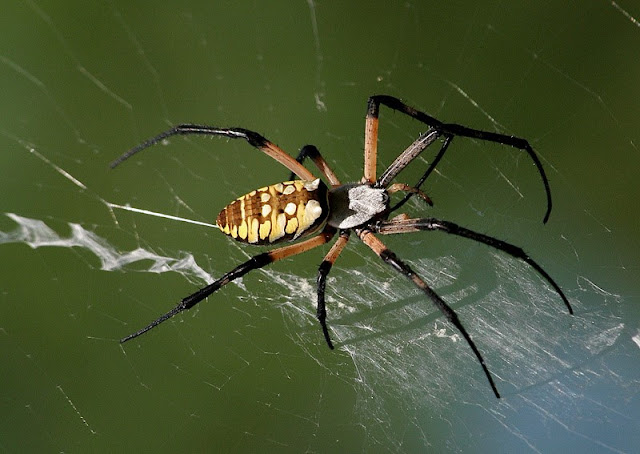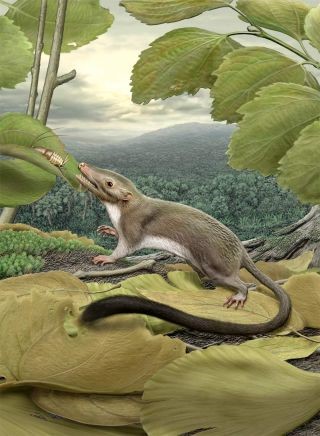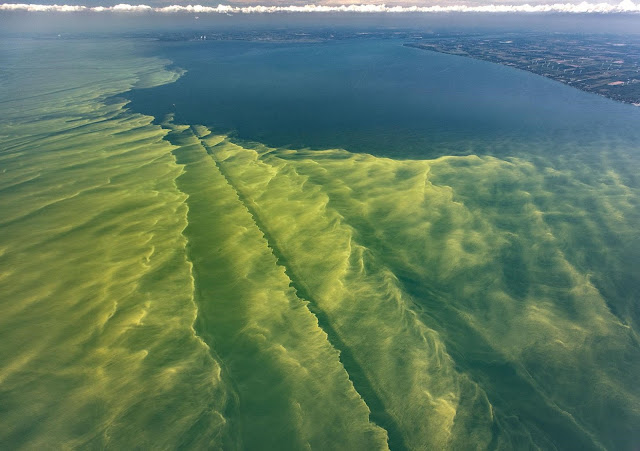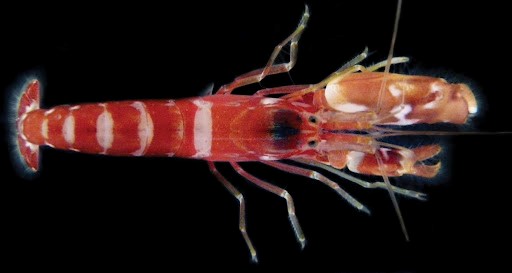HAB in Lake Michigan. Photo Credit: Zachary Haslick Ranging from microscopic, single-celled organisms to large seaweeds, algae are aquatic photosynthesizers that form the base of food webs. Sometimes, however, their roles are more detrimental to ecological communities. When given intense sun, high nutrients, and warm water, algae often grow out of control. Harmful algal blooms (HABs, also commonly called “red tides”) refer to the rapid and unchecked proliferation of algal colonies (conglomerates of photosynthesizers) capable of overwhelming ecosystems with lethal effects on fish, shellfish, marine mammals, birds, and people. A few of these blooms (dense concentrations of algal cells) produce toxins that can cause illnesses and even death; other varieties are nontoxic, but deplete oxygen when they decay, clog organisms’ gills, smother benthic organisms, contaminate drinking water, and block light from penetrating the water . Aesthetically, effects are often equally displeasing. Disc




